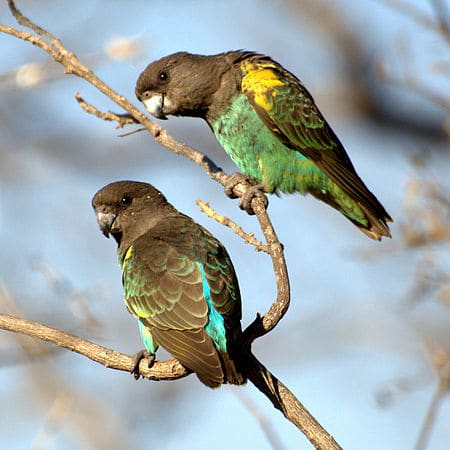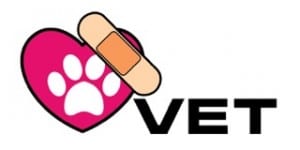Type the name of the breed you're looking for below
[wpdreams_ajaxsearchlite] Don't see the breed your're looking for? Click here and let us know!
Meyer’s Parrot
| Origin | Meyer's parrots are native to the plateau woodlands of sub-Saharan Africa where they occur in several woodland types including miombo, savanna woodlands, wooded grasslands and forests bordering watercourses or agricultural land. They are found in high densities in the Okavango Delta region of Botswana. |
| Size | This species can grow up to 9 in(23 cm) |
| Lifespan | Can live 20+ years |
| Noise | Moderate, but this species is much quieter than other parrots. |
| Characteristics | Meyer's parrots display a dull brown head, back and tail, green or blue-green abdomen, blue rump and bright yellow markings on the carpal joint of the wings. Most subspecies have some yellow on the top of the head as well. |
| Abilities | This species has an amazing ability to mimic. |
| Interaction/Time Requirements, Diet, Supplies Needed | Their wild diet includes fruits, seeds, nuts, berries and cultivated crops. Seeds of the various leguminous trees of the African woodlands are especially favoured, providing their staple food in some areas. You need to change food and water twice daily, and clean the cage at least once a day, replacing toys and broken climbing branches. Parrots do well in aviaries and cages. They don't like to be in crowded spaces and will sometimes be aggressive towards other birds if they don't have enough space. Parrots can also be hand reared, provided that they have a large cage and are taken out of their cage on a daily basis to prevent boredom, as it may result in the parrot pulling out its feathers to occupy itself. They require a warm habitat for the winter months. Do not allow your birds outdoors until all signs of frost are gone. Space is important and indoor cages should be as large as possible. A large cage is required even if the bird is going to spend lots of time out of its habitat with you. |



